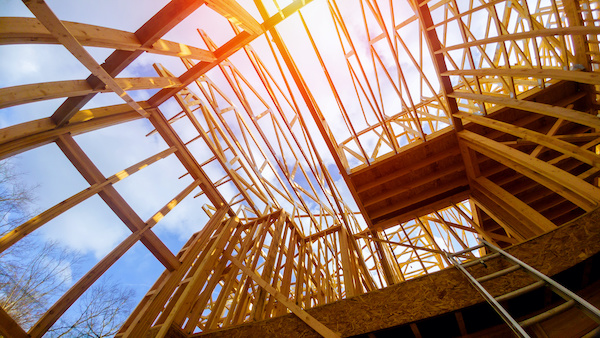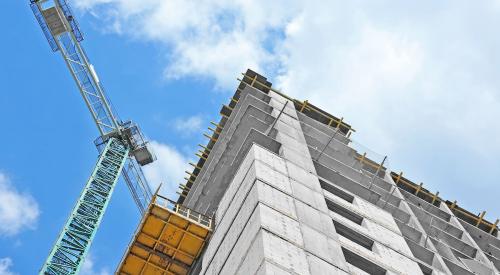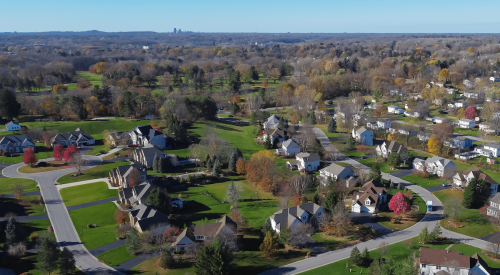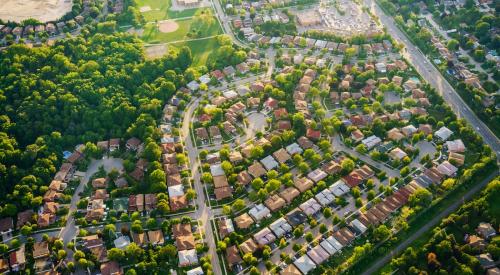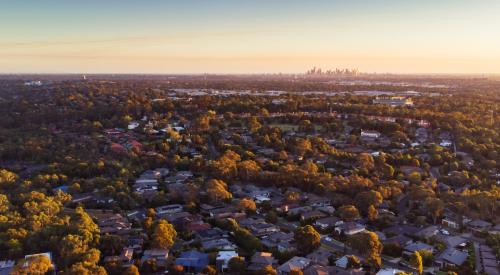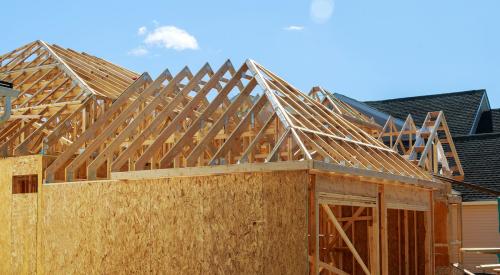Like many buyers who choose to flee compact urban areas, residential home builders are shifting toward the suburbs. For single-family construction, small metro suburbs were the only area to see a quarterly gain, according to NAHB’s Home Building Geography Index for the second quarter. Even though 55% of the US population lives in large metro areas, small metro suburbs were the fastest growing geographic areas for single-family construction. During the second quarter, single-family construction increased by 10.6% on a four-quarter moving average basis—a 2.3% year over year increase.
Small metro suburbs accounted for the fastest growing geographic areas for single-family construction during the second quarter, up 10.6 percent on a four-quarter moving average basis. In the HBGI, we identify small metro suburbs as “outlying counties” of small metro areas (areas with less than one million in population).This was followed by small towns (9.3 percent), small metro core areas (7.5 percent) and exurbs (5.6 percent). Small metro suburbs include counties such as Green County, Ohio, a suburb of Dayton, Ohio. As a class, small metro suburbs experienced a staggering increase of 2.3% for single-family home building during the second quarter relative to a year prior. This was the only geographic region that experienced a year-over-year increase, with other regional declines correlated with population density. For example, the largest decline was experience by large metro core areas which declined almost 18% compared to the second quarter of 2019.
For the second quarter, we also found that the market share for single-family construction in low density areas (small metro core and suburbs, small towns and rural markets) increased from 47.5 percent a year ago to 48.4 percent. While this “year-over-year” gain appears small, the changes in market share are usually slow to develop, thus making a one-percentage point year-over-year gain noteworthy, when compared to recent historical data.
